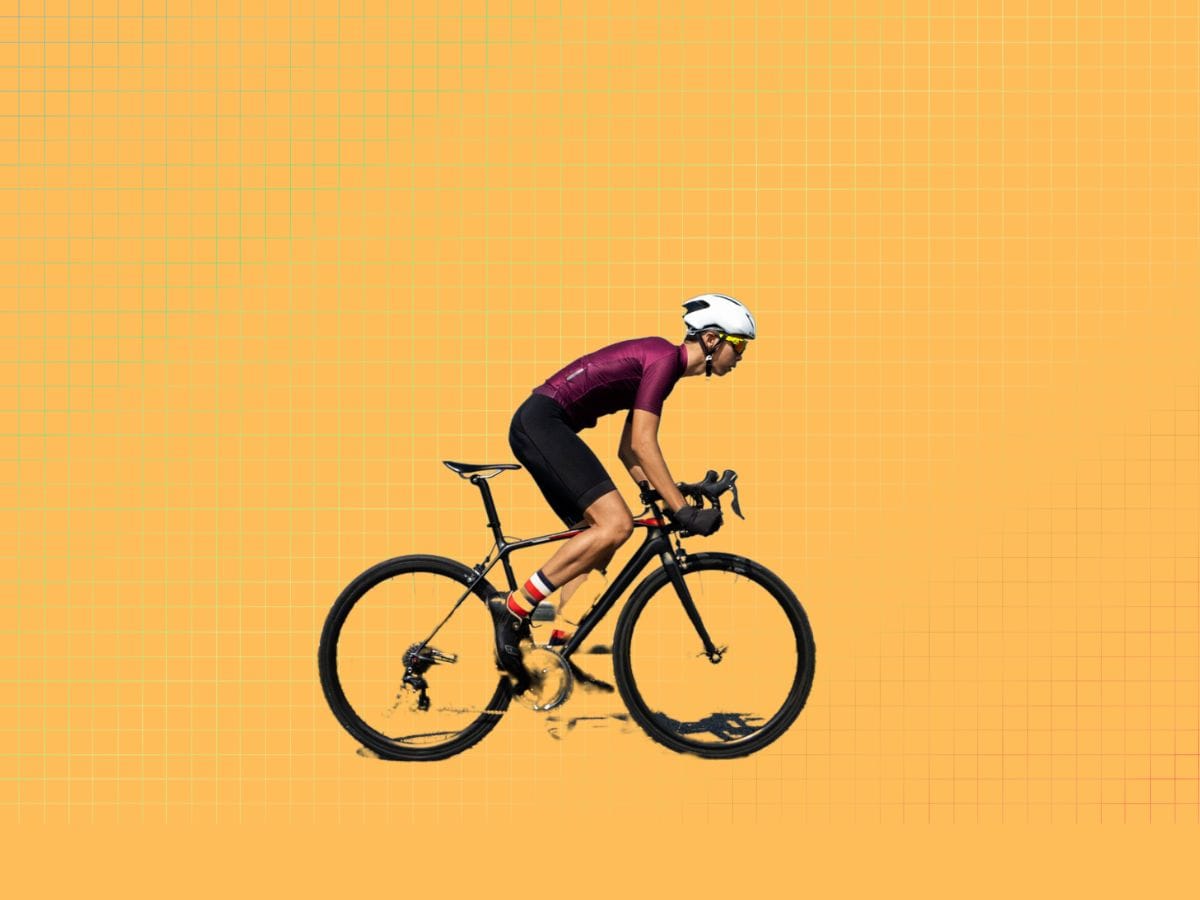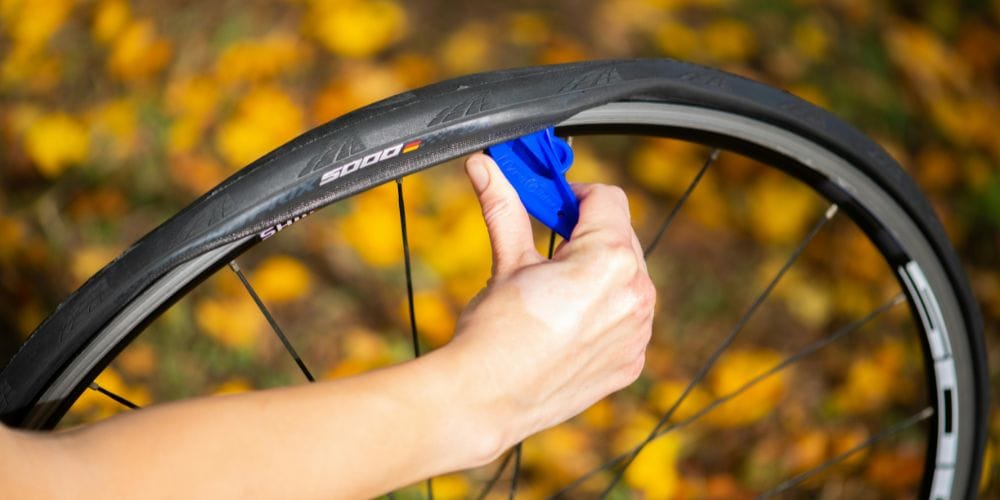
Last updated: April 2025
There’s nothing quite like your first long ride on a road bike.
The buzz of clipping in, the open road ahead, the feeling of freedom - and, often, a bit of panic when your legs start to fade 20 miles from home. Whether you're aiming for a 40-mile loop with mates or ticking off your first solo century, preparation is everything.
Here are 10 things every new road cyclist in the UK should know before setting off on that first “big” ride.
1. Your bike needs a proper fit - not just the right size
Buying the right size frame is just the start.
A long ride will expose every niggle, from saddle height to bar reach. Poor fit can lead to knee pain, back issues, or numb hands - all avoidable with a quick session at your local bike shop or by watching a few trusted bike fit tutorials online.
A well-fitted bike doesn’t only protect your body, it helps you ride longer, faster and more comfortably. And let’s be honest: if you’ve spent £1,000+ on a road bike, a proper fit is a no-brainer.
2. Don’t wing it - plan your route (and save it offline)
There’s a special kind of frustration reserved for being lost in a rural lane with 10% battery left.
Use apps like Strava, Komoot or RideWithGPS to map out a sensible route that suits your fitness. Stick to quieter B-roads or national cycling routes where possible, and avoid lumpy segments that may look “fun” on paper but become leg-snapping in reality.
Download your route offline - mobile signal can disappear fast in the countryside.
3. Eat before you're hungry, drink before you're thirsty
Nutrition is where many new cyclists come unstuck.
The golden rule? Don’t wait until you’re starving or parched. Take a few sips every 10-15 minutes and nibble on something every 30-45 minutes, even if you don’t feel like it.
Bring a mix of slow-release carbs (like oat bars or bananas) and fast-acting sugars (gels or jelly babies). And always carry two bottles: one with water, one with electrolytes.
4. Know how to fix a flat - because you will get one

If you ride enough, you’ll eventually hear the dreaded hiss of a flat tyre.
You don’t need to be a mechanic, but you do need to know how to change a tube or plug a tubeless hole.
Bring a saddle bag with two spare tubes, tyre levers, a multi-tool, and a pump or CO₂ inflator. Practice changing a tyre at home. It’s a five-minute skill that can save you a long walk.
5. Wear the right kit - layers are your friend
UK weather is famously fickle.
Start your ride chilly, not warm, and build up layers you can shed. A base layer, jersey, and light gilet are usually enough. Pack a waterproof jacket if there’s even a hint of rain.
Padded, proper cycling shorts are a must. Trust us - jeans or gym shorts won’t cut it after 30 miles. And don’t forget sunscreen - even in Spring.
6. Know the rules of the road (and be predictable)
Cyclists have every right to be on the road, but with that right comes responsibility. Ride single file on busy roads, signal clearly, and never jump red lights. Not only is it dangerous - it gives all cyclists a bad name.
Use a rear light even in the day, and a front one if there’s any chance you’ll be riding near dusk or under heavy cloud cover. Visibility is your best defence.
7. Pack the essentials (yes, that includes insurance)
Besides your repair kit, carry your phone, a debit card or cash, ID, and a lightweight packable jacket. A compact power bank isn’t a bad idea either.
And if your bike is worth more than a few hundred quid, consider insuring it.
Whether you’re 10 miles from home or 100, a stolen, damaged, or crashed bike is more than just an inconvenience - it’s a major financial hit. Insurance gives you peace of mind to ride harder, explore further, and focus on the road ahead.
See our guide on 10 Rules Of The Highway Code Every Cyclist Should Know.
8. Pace yourself - this isn’t a race
It’s easy to start too fast, especially when you feel fresh. But long rides are about managing your effort, not emptying the tank in the first hour.
Use a heart rate monitor or power meter if you have one, or just listen to your breathing: if you can’t hold a conversation, ease off.
And remember, no one ever bonked because they started too slow.
9. Know when to bail (and that it’s ok)
Sometimes the legs just aren’t there. Or the weather turns grim. Or you get a mechanical that can’t be fixed at the roadside.
There’s no shame in calling it a day.
Know where the nearest train stations or bus routes are. Ride with someone, or let someone at home know your route. And yes - insurance that includes breakdown cover or emergency recovery can be a genuine ride-saver.
10. Enjoy it (seriously - that’s the whole point)
It’s easy to get caught up in watts, Strava segments, and average speed. But long rides are about the joy of the journey. The scenery. The rhythm of the road. The mid-ride coffee and cake.
Take photos. Talk to other cyclists. Embrace the moments when you feel like you’re flyingand learn from the ones where you don’t. That’s all part of becoming a better rider.
Final thought: long rides build more than just fitness
Your first long road ride is a milestone.
It’s when you stop riding a bike and start becoming a "cyclist". It builds confidence, independence, and yes, an appetite for better bikes, longer routes and bigger challenges.
But whether you're riding 40 miles or 140, the same rules apply: prepare well, stay safe, and protect what matters - yourself and your gear.
Looking for peace of mind on your next big ride?
Our specialist bicycle insurance covers theft, accidental damage, race events, and more. Get a quick quote from Pedalsure in less than a minute - because crashes happen, but financial stress doesn’t have to.